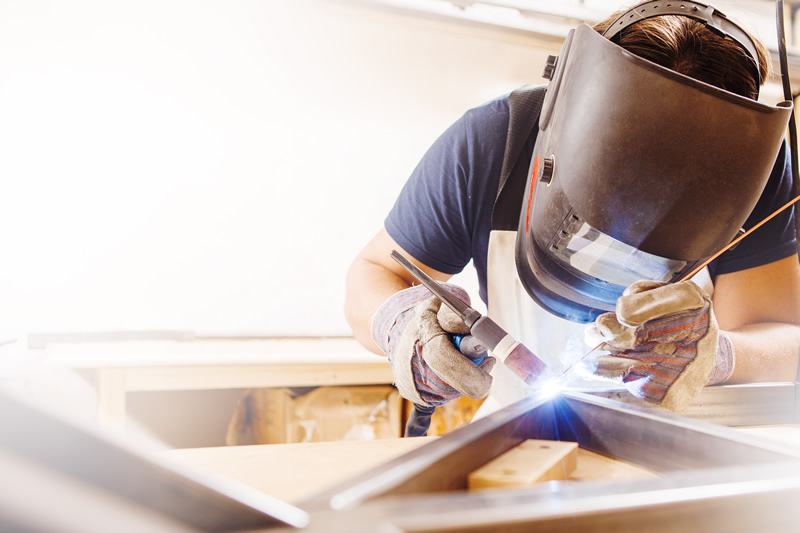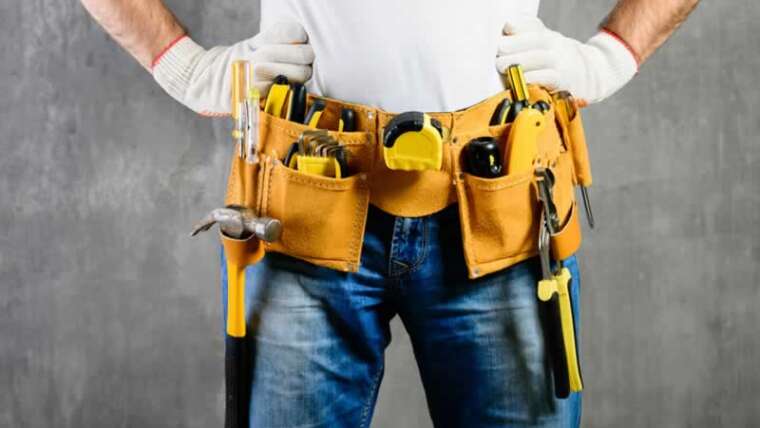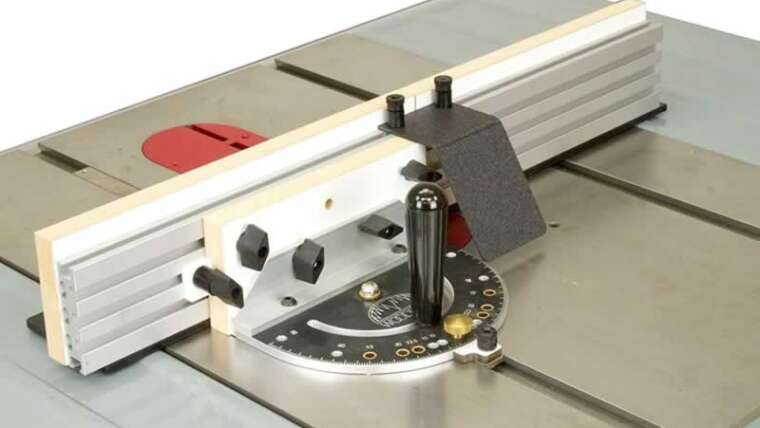When you think of welding, you often associate it with workshops where sparks fly around while forging metals. You can often think of this as part of an auto assembly line combining aircraft parts, or at an electronic parts and accessories manufacturing facility. When it comes to construction, you often associate welding with high-rise buildings and joining metal structures such as beams, trusses and stairs. People rarely associate it with homes and renovation projects. Welding is an essential tool for home improvement. The fusing of two metals by heat or pressure is critical to creating various devices inside and outside the home. From simple stools to great wrought iron gates, metal vases to garden grilles, fireplaces and grills, welding can upgrade existing fittings or create new ones to make the home stylish and comfortable.
While you can always hire an experienced welder for all of these projects, there's nothing like being a handyman yourself. You can sign up for welding classes or follow online tutorials and experiment on some DIY projects to improve your skills. Learning to weld can bring you additional skills that can help you achieve your dream home with little effort. All it takes is patience, safety equipment, and some fiery sparks to create your masterpiece.
Why learn how to weld?
Welding is advantageous for several reasons. In terms of home improvement, with welding you can do the following:
Carry out minor repairs
Welding allows you to do simple repairs around the house. You can easily maintain a broken stool or loose metal window frame with flux core welding. This type of welding derives its name from the flux in the center of the welding wire. Flux core welding is an inexpensive welding method because it does not require a gas cylinder or accessories to fuse metals. It's also a very handy take-away welder that's perfect for minor repairs around the house.
Complete restoration projects
Metals are long-lasting, but can become rusty and brittle when exposed to the elements. Metal inert gas welding (MIG) allows gates and fences to return to their former shine. MIG welders have various uses in the home and can accommodate flux core and solid filler rods. The only difference from this type of welding machine is that it requires a bottle of inert gas, additional filler rods, and various accessories to complete the job. It is also possible to carry out restoration projects by cold welding. This type of welding without melting or heating is made possible by exposing different metals to high pressures. Although used primarily at the industry level, cold welding applies to home scenarios when joining wires made from aluminum, copper, zinc, silver and silver alloys, nickel and 70/30 brass.
Create new furniture and accessories
In addition to repair and restoration projects, welding also allows you to create new parts for your home. All you have to do is direct your creativity into creating artistic yet functional items that you can use in your home. You can make end tables and benches, screen doors, wine bottle holders, candle holders and horseshoe wardrobes. Welding can also turn empty spaces into efficient workplaces, including pen holders, flower vases, and paperweights. Wall clocks and metal picture frames on walls act as impressive wall decorations. Shelves and cupboards keep things tidy. Metal bed frames serve as sturdy bedroom parts. There are tons of projects to complete when you turn welding from a housework to a hobby.
Improve interiors
Furniture and accessories can improve the look of a home, but welding can take it to another level to enhance the interior. You can create bespoke stair railings that can complement your home design. Sturdy metal railings guarantee the safety of your loved ones when climbing stairs and ensure that your home meets building code requirements. Metallic tones also suit your seasons. Copper accents for a warm kitchen, while copper in the living room can complement your fireplace. You can also incorporate trim metal into cabinet door handles and room doors for a cohesive look. All you need are pieces of scrap metal to forge these subtle yet stylish additions to different parts of your home.
Beautify gardens and outdoor areas
Welding is not limited to just creating unique interiors. It can also create equally beautiful pieces for your outdoor spaces. Welding gives you unique doorbells and personalized wind chimes. You can create animal sculptures for your lawn, garden grilles for your vines, shepherd's hooks for your hanging plants, or a patio arbor from old trampoline legs and fence rails. You can also make textured steel fire pits, grills from old engine blocks, and wood-burning stoves using empty propane tanks. These burners can be useful for weekend get-togethers or simple family gatherings.
Forge additional tools
Another exciting thing about welding is that you can make additional tools out of it. These tools can be useful for welding, general construction, or automotive repair. Create a welding table that you can use to set your metals and welds. Add a welding cart so you can easily move your machine to different areas of the house. You can even create additional clamps to hold your metals in place. For additional construction tools, you can make a hammer handle or metal brackets to support shelves and cabinets in your home. The welding can also make garage shelves so you can organize your tools and car accessories.
Make car ramps or creepers to make repairs more convenient. If you have a farm and need to lift farm supplies, sweat forks in tractors turn these into forklifts. You can even create a buggy or trailer to hook up to your vehicle and carry various loads. You can even create aids such as crutches or wheelchairs for injured or elderly members of your household.

Welding at home
What you can do with welding is practically endless. You can create anything you want and need as long as you have the time and patience. The projects listed above differ in their complexity. Hence, you may want to start with a few simple elements as you improve your welding skills. You can start with small pieces, e.g. B. connect chains to a wine or pen holder, and then gradually take on larger projects. The good thing about welding is that you can turn your hobby into an art. A simple item can certainly encourage you to take on more challenging, yet rewarding home improvement projects.
Welding memories
In fact, there is one or more of the projects listed above that pique your interest in learning to weld. However, before you take on the job of lighting your welding rods and letting the orange sparks fly, make sure you have the right equipment and take some safety precautions.
Choosing the right welding machine is essential. Choose one that uses household electricity and read the instructions so you know how to operate the machine properly. You would also need to use special equipment to ensure safety throughout the process. Safety equipment includes:
- Work gloves – protect hands from intense heat and protect against sharp metal edges
- Welding helmets with automatic darkening – protect your eyes from glare and smoke
- Oxy / acetylene safety glasses
- Face protection and respirators – keep toxic fumes away from the face and lungs
- Safety shoes – protect the feet from sparks and burns
- Welding lens – protect welding helmets from heat
- Fire extinguishers – serve as a precautionary measure and can help in the event of a fire
Aside from protecting yourself, it is best to protect your work area with sweat blankets to cover your garage floor. Protect windows from sparks so they don't break. Ventilation is also a must. Install simple box fans or portable fans to keep air and toxic fumes out, especially when working with coated metals. While it is legal to weld in your home and hobby garage, you may also need to check your home insurance to make sure you are covered. If you want to make welding a business, you need an appropriate insurance plan.
Conclusion
As with all trades, welding requires a lot of time and patience. Learning doesn't come overnight as it takes hours to create a perfect weld. You need to follow safety precautions and use protective equipment to carry out your project without harming yourself or others and harming your home. Learning to weld is a useful tool for DIY enthusiasts. It opens up various options for performing tasks yourself. Welding eliminates the need for professionals to carry out minor repairs and restorations. It channels your creativity to create new and artistic pieces of furniture and home accessories. With this ability, you can also beautify your interior with metal fittings. At the same time, the welding creates structures that can make your outdoor areas cool for meeting places and family time. It can even help you create tools that you can use for other home renovations.




